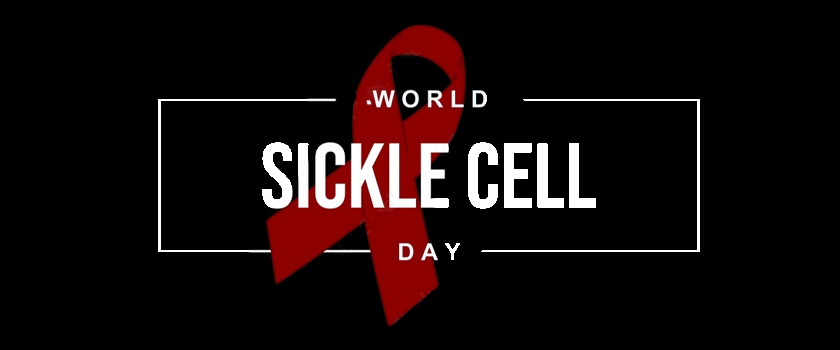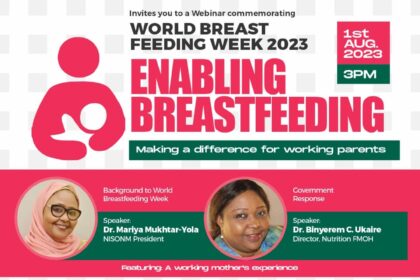June 19: World Sickle cell day was adopted as a resolution by the United Nations General Assembly on 22nd December 2008 to recognize Sickle Cell Disease (SCD) as ‘one of the world’s foremost genetic diseases”. Following this, it was celebrated for the first time on 19th June 2009.
This year, the National serene campaign 2022 is “SHINE THE LIGHT”, signifying the nationwide gatherings to lit the buildings in red, in an attempt to find a universal care for disease.
World SCD is observed annually with the Goal to increase pubic knowledge and an understanding of SCD, and the challenges experienced by patients, their families and caregivers.
Introduction
Sickle cell disease is a severe, hereditary, non-malignant disorder of hemoglobin based on homozygous or compound heterozygous mutations in the β globin genes. It is caused by inheritance of an abnormal β-globin allele carrying the sickle mutation on the HBB gene.
Sickle cell disease is a globally distributed genetic blood disorder of high prevalence in sub-Saharan Africa. Nigeria has the highest birth prevalence of sickle cell disease in the world, with an estimated 150,000 annual births of babies, (estimated to be increased by 100% by the year 2050 without effective and sustainable control strategies), with sickle cell anemia, the most common form of sickle cell disease.
Children with sickle cell disease have repeated episodes of painful crisis, anemia, and increased susceptibility to infections, with an estimated 50–90% risk of dying before age 5 years. According to WHO estimates, sickle cell disease could account for up to 15% of mortality in children younger than 5 years in Africa, imposing heavy physiological, mental, and financial burdens on affected individuals and their families. Newborn screening is paramount for early diagnosis, early prophylactic treatment, education of parents/guardians and enrolment of affected children into a comprehensive care program and this figure has been estimated to increase by 100% by the year 2050 without effective and sustainable control strategies.
Newborn Screening for Sickle Cell Disease
This screening helps to detect babies with the sickle cell trait and those with sickle cell disease whose parents were not screened during during pregnancy.
Given that babies with sickle cell disease are vulnerable to life-threatening infections, the screening aids in offering potentially life-saving prophylactic antibiotics.
Newborn blood spot test
Every baby is offered newborn blood spot screening, also known as the heel prick test, ideally when they’re 5 days old where 4 drops of blood are placed on a filter paper card.
For SCREEN POSITIVE BABIES; folic acid and oral penicillin are prescribed as prophylactic measures. Follow-up visits are scheduled every 3 months.
Conclusion
Routine newborn Screening program and subsequent follow up improves sickle cell disease clinical outcome.
Reflections by
Onyinyechi Iwuala & Ezinne Esther Igwe





